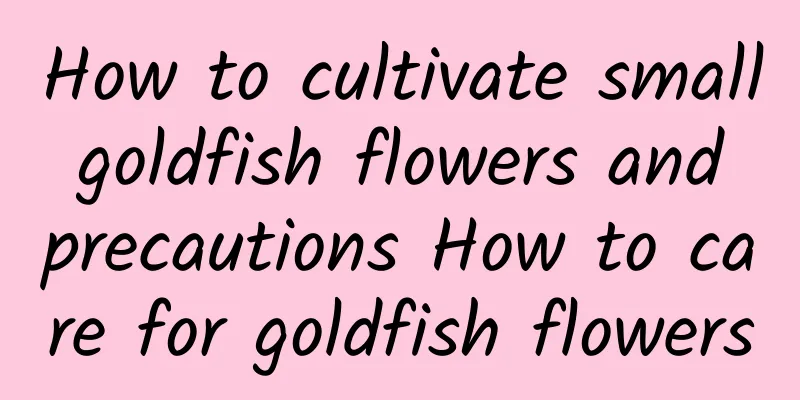How long does it take for orchids to acclimate?

Orchid acclimatization timeIf the orchid being potted is a slow-growing variety, it usually takes 180 days to fully adapt to the pot. If it is not properly maintained, it may take longer. If the orchid is managed properly after repotting, new leaves will grow in about a month, but if it is not managed properly, it will take longer to grow new leaves. Generally speaking, after orchids are potted in spring, they can take root within a month if the planting materials and maintenance are proper. If the maintenance is improper, the rooting time will be delayed. Orchids show signs of acclimatizationIf the orchid is acclimatized, the root system is functioning normally, and nutrients and water can be delivered to the leaves in a timely manner, the leaves will gradually become shiny and look vibrant. How to make orchids adapt to the pot quicklyIf you want the orchid to adapt to the pot quickly, you need to choose the best time to pot it. The best time is around the vernal equinox and autumnal equinox each year. Choosing these two time periods to repot can help the orchid adapt quickly. After potting, you also need to give the orchid enough nutrients and control the humidity. How to care for orchids during the acclimatization periodDuring the orchid acclimatization period, the air humidity near the plant should be maintained, and attention should be paid to more ventilation. The orchid can also be exposed to the sun selectively. The leaves of the orchid will begin to develop slowly 5-7 days after being potted. At this time, the orchid needs a lot of nutrients, so you can apply appropriate amounts of phosphorus and potassium fertilizers, and pay attention to applying thin fertilizers frequently. Watering: Orchids can be watered during the period of acclimatization. After watering to determine the roots, they do not need to be watered for 7-10 days. After that, do not water too frequently. Water when the surface of the soil in the pot is dry. No watering is needed when it is moist. Do not water too much either to avoid water accumulation. Fertilization: After the orchid is potted, it is generally recommended not to apply fertilizer within three months, because orchids do not like fertilizer very much and their demand for fertilizer is not very strong. Fertilization can be applied after three months. Sun exposure: Do not expose the orchid to the sun immediately after repotting it. It can be exposed to the sun after a week. In fact, orchids are shade-bearing plants and should not be exposed to too much sun. As long as the light is good, they can grow normally without sunlight. |
<<: What is the best fertilizer for lavender?
>>: What is the best fertilizer for tiger tail orchid
Recommend
Feng Shui placement and taboos of fortune tree
1. Feng Shui placement 1. Wealth position As the ...
Can leftovers be used as fertilizer?
Leftovers as fertilizer Leftovers can be used as ...
How to sow red
Introduction to sowing red: There are about 220 t...
Why are orchid leaves turning soft? How to save them
1. Diseases Reason: Orchids are more susceptible ...
Where is the pepper tree suitable for growing? What are the growing environment and conditions?
Where do pepper trees grow? The Chinese prickly a...
Winter care of succulents
Choose succulent according to room temperature Ac...
Pepper sowing time and method
Pepper is an annual or perennial plant, and the c...
When is the best time to plant cyclamen seeds?
Cyclamen seeds planting time Cyclamen is a perenn...
How do yellow peel fruit seeds germinate? How long does it take for yellow peel fruit seeds to bear fruit?
Method for germination of yellow fruit seeds Step...
Will money grass bloom?
1. Will it bloom? Money plant will bloom, and its...
How to cultivate Syngonium
1. Temperature Syngonium is suitable for growing ...
Can Yushu be watered with beer water?
Can the jade tree be watered with beer water? Jad...
How to cultivate blue mullet
1. Soil: The indigo plant has a strong ability to...
What are the varieties of sunflowers?
Introduction Chinese name: Portulaca oleracea Oth...
Does Jaboticola prefer shade or sun?
Does Jaboticola prefer shade or sun? Jabuticaba i...









